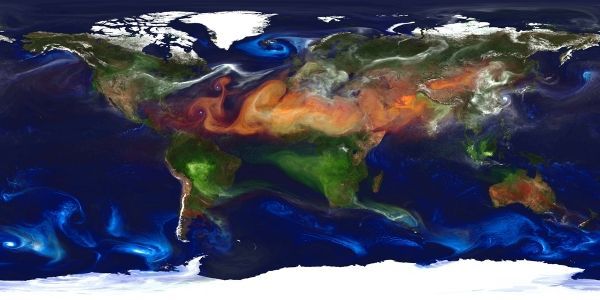With the smoke of summer wildfires still dimming skies over much of the West, NOAA has announced funding for development of an improved global map of smoke, dust and other aerosol particles that promises to help improve air quality monitoring and forecasting.
Currently, global aerosol observations are sparse, leading to uncertainties in climate model forecasts. The new project, led by a scientist at the University of Colorado Boulder, ultimately aims to improve NOAA’s aerosol forecasts.
“Aerosols are also critical to the Earth’s radiative balance and clouds, thus having a major impact on weather and climate,” said lead investigator Mariusz Pagowski, a CIRES scientist who studies aerosols at NOAA’s Global Systems Division.
Large wildfires blazing in the western United States, storms blowing dust over Europe and Asia, and smog in India and China have people here and around the world talking about air pollution—especially tiny particles or aerosols from fires known as PM2.5, particulate matter less than 2.5 microns in diameter. According to the U.S. EPA, PM2.5, which can become lodged in lungs and exacerbate health problems, is the single most critical factor affecting deaths from air pollution.
Continue reading at NOAA.
Image via NOAA.


